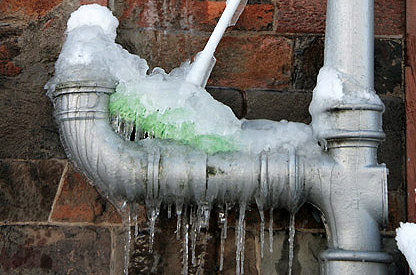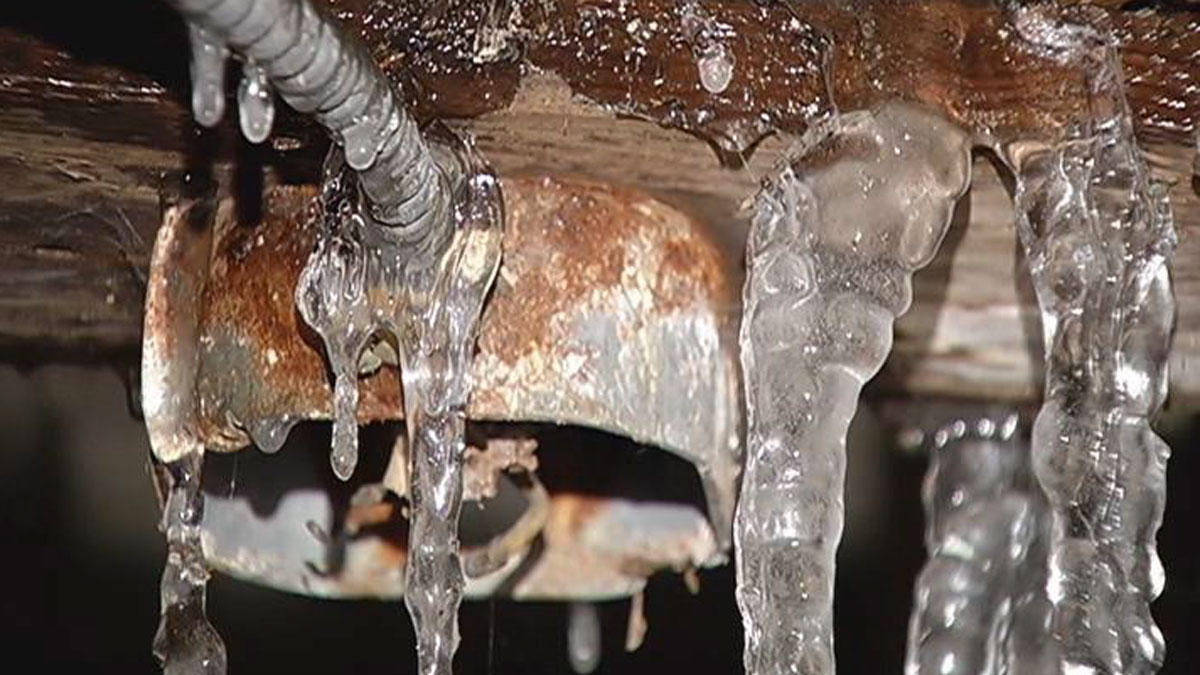Ways to Prevent Frozen Pipes in Winter: Professional Tips
Ways to Prevent Frozen Pipes in Winter: Professional Tips
Blog Article
Here below you will find some first-rate help and advice in relation to How To Avoid Freezing Pipes.

Cold weather can damage your plumbing, especially by freezing pipelines. Below's exactly how to avoid it from taking place and what to do if it does.
Intro
As temperatures drop, the danger of icy pipes increases, potentially resulting in expensive repairs and water damage. Comprehending exactly how to prevent icy pipelines is essential for home owners in cold environments.
Prevention Tips
Shielding prone pipelines
Wrap pipelines in insulation sleeves or make use of heat tape to protect them from freezing temperature levels. Concentrate on pipelines in unheated or exterior locations of the home.
Home heating methods
Maintain interior spaces appropriately heated, especially areas with pipes. Open cupboard doors to enable cozy air to circulate around pipelines under sinks.
How to identify frozen pipes
Search for lowered water circulation from faucets, unusual odors or noises from pipes, and visible frost on revealed pipelines.
Long-Term Solutions
Structural adjustments
Think about rerouting pipes far from outside walls or unheated areas. Add additional insulation to attic rooms, cellars, and crawl spaces.
Upgrading insulation
Purchase top quality insulation for pipes, attics, and wall surfaces. Correct insulation assists maintain regular temperature levels and decreases the danger of icy pipes.
Shielding Outside Plumbing
Yard pipes and outdoor taps
Detach and drain yard hose pipes before winter months. Install frost-proof spigots or cover exterior taps with protected caps.
Understanding Icy Pipes
What creates pipelines to ice up?
Pipes ice up when exposed to temperature levels below 32 ° F (0 ° C) for prolonged periods. As water inside the pipes ices up, it broadens, putting pressure on the pipeline wall surfaces and possibly triggering them to burst.
Threats and damages
Frozen pipelines can result in supply of water interruptions, residential property damages, and expensive repairs. Burst pipes can flood homes and trigger considerable structural damage.
Signs of Frozen Water Lines
Recognizing icy pipes early can prevent them from bursting.
What to Do If Your Pipelines Freeze
Immediate actions to take
If you think icy pipelines, keep faucets open up to alleviate pressure as the ice melts. Utilize a hairdryer or towels soaked in warm water to thaw pipelines gradually.
Conclusion
Stopping frozen pipes needs positive procedures and fast actions. By recognizing the causes, indicators, and preventive measures, homeowners can shield their pipes throughout winter.
5 Ways to Prevent Frozen Pipes
Drain Outdoor Faucets and Disconnect Hoses
First, close the shut-off valve that controls the flow of water in the pipe to your outdoor faucet. Then, head outside to disconnect and drain your hose and open the outdoor faucet to allow the water to completely drain out of the line. Turn off the faucet when done. Finally, head back to the shut-off valve and drain the remaining water inside the pipe into a bucket or container. Additionally, if you have a home irrigation system, you should consider hiring an expert to clear the system of water each year.
Insulate Pipes
One of the best and most cost-effective methods for preventing frozen water pipes is to wrap your pipes with insulation. This is especially important for areas in your home that aren’t exposed to heat, such as an attic. We suggest using foam sleeves, which can typically be found at your local hardware store.
Keep Heat Running at 65
Your pipes are located inside your walls, and the temperature there is much colder than the rest of the house. To prevent your pipes from freezing, The Insurance Information Institute suggests that you keep your home heated to at least 65 degrees, even when traveling. You may want to invest in smart devices that can keep an eye on the temperature in your home while you’re away.
Leave Water Dripping
Moving water — even a small trickle — can prevent ice from forming inside your pipes. When freezing temps are imminent, start a drip of water from all faucets that serve exposed pipes. Leaving a few faucets running will also help relieve pressure inside the pipes and help prevent a rupture if the water inside freezes.
Open Cupboard Doors
Warm your kitchen and bathroom pipes by opening cupboards and vanities. You should also leave your interior doors ajar to help warm air circulate evenly throughout your home.

We were guided to that report on 6 Ways to Prevent Frozen Pipes from a good friend on another web address. Are you aware of anybody else who is fascinated about the topic? Be sure share it. I take joy in reading our article about Helpful Tips to Prevent Frozen Pipes this Winter.
Call Today Report this page